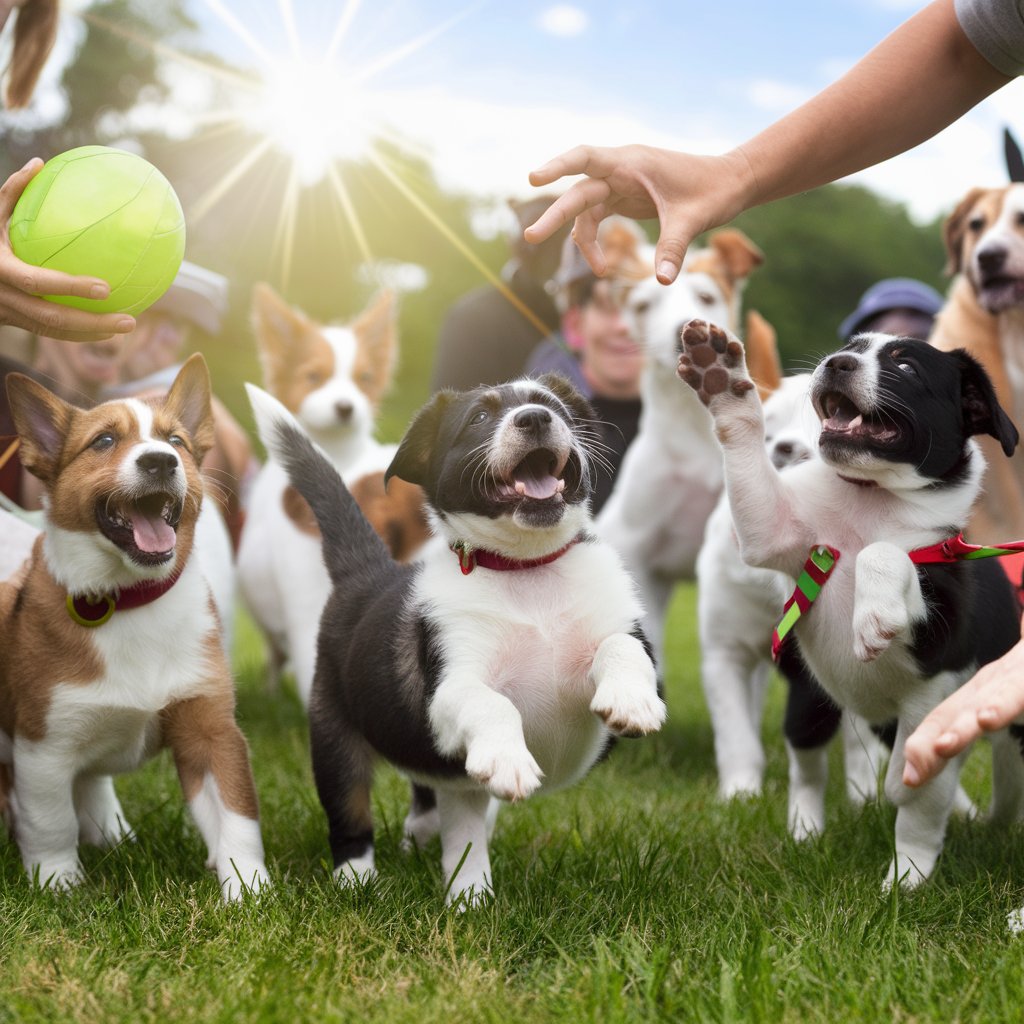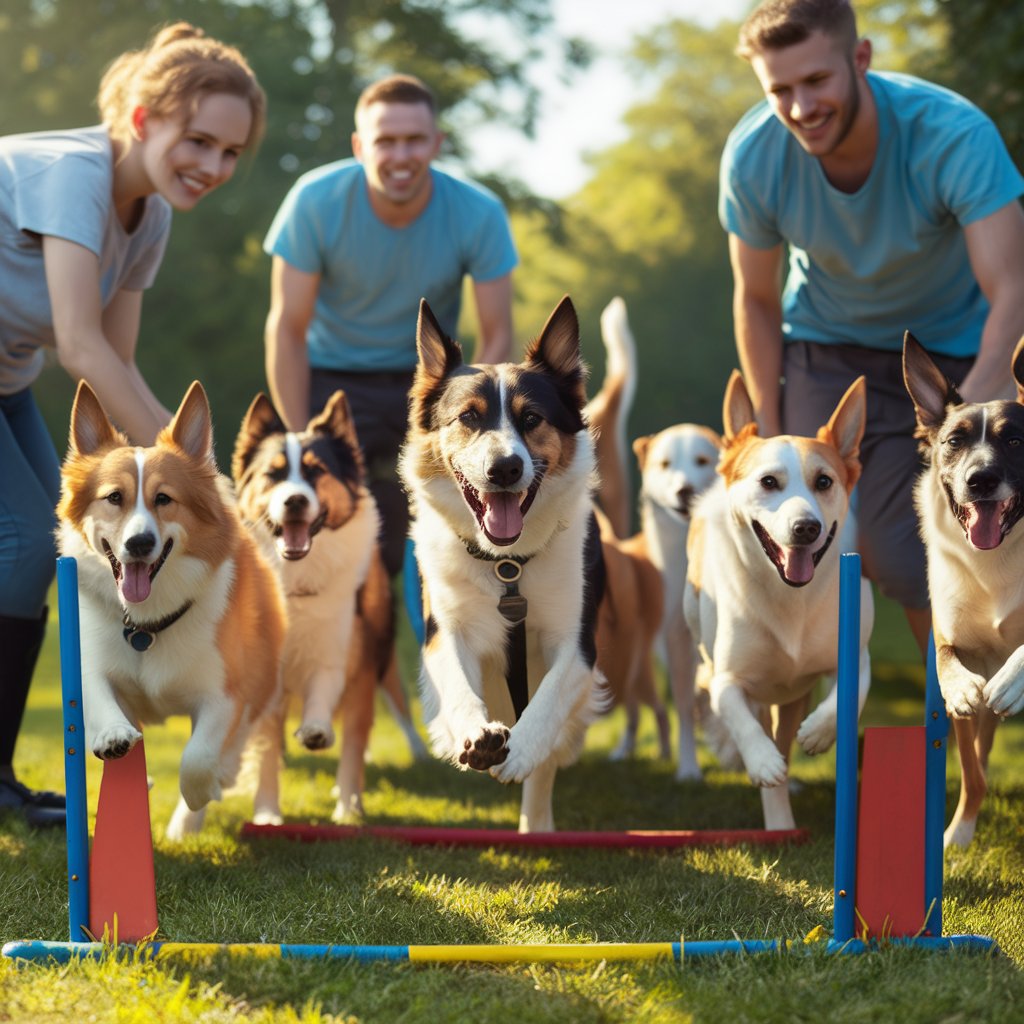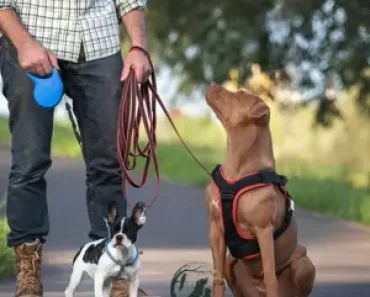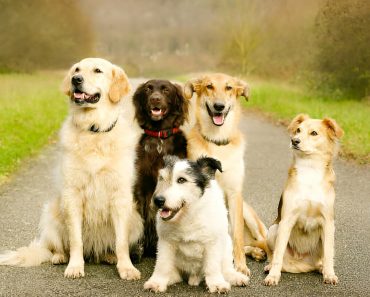
Puppy Training
Acing Puppy Fundamental Commands: Puppy Training to Sit, Remain, and Come
Introduction: Building a solid bond with your fuzzy companion through mastering fundamental commands is not just crucial for their obedience but also for their safety and well-being. This comprehensive guide dives into effective strategies designed to help you teach your puppy the essential skills of sitting, staying, and coming when called.
-
Understanding the Significance of Fundamental Commands to Puppy Training
- Foundation for Advanced Training: Mastering these basic commands sets the stage for further training and enhances your communication with your dog.
- Safety and Discipline: These commands are key in promoting a disciplined behavior, ensuring safety, and facilitating a harmonious relationship between you and your pet.
- Preventing Behavioral Issues: Early training in these commands helps mitigate potential behavioral problems and strengthens the bond with your canine companion.
-
Puppy Training to Sit:
- Technique: Begin by holding a treat above and slightly in front of your dog’s nose. As you slowly raise the treat, your dog’s bottom should naturally lower into the sitting position.
- Command: Once their bottom touches the ground, firmly say “sit,” ensuring your voice is clear and authoritative.
- Reward: Give them the treat and offer enthusiastic praise. Repeat this consistently until the “sit” command is associated with the action.
-
Puppy Training to Stay:
- Initial Position: Start with your dog already sitting.
- Gesture and Command: Extend your hand, palm outwards towards them, and calmly say “stay.”
- Incremental Steps: Begin by stepping back just one step. If they maintain their position, reward them. Gradually increase the distance and duration.
-
Puppy Training to Come:
-
Preparation: Keep your puppy on a leash in a quiet area initially.
-
Command: Lower to their level and gently pull on the leash while saying “come.”
-
Reward: As they come towards you, reward with a treat and positive reinforcement. Progressively practice with less reliance on the leash.
-
Troubleshooting Common Challenges:
- Patience and Consistency: These are vital in training. Avoid frustration and maintain a regular schedule using consistent commands.
- Positive Reinforcement: Always use treats, praise, or toys to encourage and reinforce the behaviors you want to see.
- Professional Help: If persistent issues arise, consider seeking guidance from a professional trainer.
-
Reinforcing Training with Positive Reinforcement:
- Choice of Rewards: Use high-value treats that are irresistible to your puppy. The right reward can significantly enhance learning.
- Timing: Immediate rewards are crucial for teaching your dog to associate the correct behavior with their reward.
- Overcoming Challenges in Training:
- Distractions: Begin in environments with minimal distractions, progressively introducing more complex scenarios to strengthen their training.
- Inconsistency: Ensure all family members use the same commands and training techniques to avoid confusing your puppy.
-
Building a Strong Bond Through Training:
- Quality Time: Use training sessions as opportunities to bond, understand, and communicate with your puppy.
- Support and Patience: Recognize that setbacks are part of the process, and consistent support and encouragement are key to their learning journey.
-
Seeking Professional Assistance:
- When to Seek Help: Don’t hesitate to consult a professional if training challenges become too complex or if behavioral issues beyond basic commands arise
- Benefits of Professional Guidance: A qualified trainer can offer personalized strategies tailored to your puppy’s needs, ensuring effective and enjoyable training.
-
The Right Timing for Training Sessions:
- Short and Engaging: Keep training sessions short, ideally 5 to 10 minutes long, to maintain your puppy’s attention.
- Consistent Schedule: Train at the same time each day to help establish a routine that your puppy can anticipate and prepare for.
- Post-Activity Training: Conduct training sessions after your puppy has had a chance to expend some energy through play or exercise, ensuring they are not overly hyper.
-
Using the Right Tools for Training:
- Collars and Leashes: Choose a comfortable collar and a suitable leash that gives you control without discomfort for your puppy.
- Training Clicker: Consider using a clicker for clear, immediate feedback during training sessions.
- Appropriate Treats: Use small, low-calorie treats that are specially formulated for puppies.
-
Advanced Tips for Mastering Puppy Training Commands:
- Incremental Difficulty: Gradually increase the difficulty of commands by adding duration, distance, and distractions.
- Practice in Various Settings: Train in different environments to help your puppy generalize commands in various situations.
- Combine Commands: Start combining commands like ‘sit’ and ‘stay’ to build complex behaviors and improve obedience.
-
Importance of Socialization in Puppy Training:
- Social Skills: Expose your puppy to different people, pets, and environments to boost their confidence and social skills.
- Prevent Aggression: Proper socialization can prevent fear and aggression by familiarizing your puppy with various stimuli.
- Enhanced Learning: Socialized puppies are generally more receptive to training, as they are less likely to be distracted by their surroundings.
-
Common Mistakes to Avoid in Puppy Training:
- Negative Reinforcement: Avoid using harsh words, shouting, or physical punishment, as these can lead to fear and distrust.
- Skipping Practice: Consistency is key in training; skipping sessions can significantly delay progress.
- Overfeeding: Be cautious not to overfeed your puppy with treats, as this can lead to obesity and health issues.
-
Measuring Progress and Adjusting Techniques:
- Set Clear Milestones: Establish specific goals for each week of training to monitor progress and keep motivated.
- Be Flexible: Adapt training methods based on your puppy’s response. Not all techniques work equally well for every puppy.
- Seek Feedback: Don’t hesitate to consult with a professional trainer to refine techniques or address particular challenges.

Puppy Training
Puppy Training requires patience, consistency, and the right tools. Clickers offer an effective way to mark desired behaviors immediately, which helps your puppy understand exactly what it is doing right. Harnessing the power of positive reinforcement, clickers enhance communication between you and your pup, leading to faster learning.
Interactive toys also play a crucial role in puppy training. They not only keep your puppy engaged but also stimulate its mind, making training sessions more enjoyable and effective. By using toys that promote problem-solving, you can help develop your puppy’s cognitive abilities while reinforcing commands and behaviors.
Lastly, training apps and online platforms provide a modern solution to traditional training challenges. These resources offer step-by-step training guides, video demonstrations, and customized training plans that can be tailored to your puppy’s pace. Such tools are invaluable for busy pet owners who need flexible training schedules that fit into their lifestyles.
Conclusion: Acing puppy fundamental commands is a journey that nurtures a lifelong bond between you and your pet. With patience, consistency, and an understanding approach, you can teach your puppy to sit, stay, and come effectively. Embrace each training session as an opportunity to grow closer and ensure a well-behaved companion for years to come.






